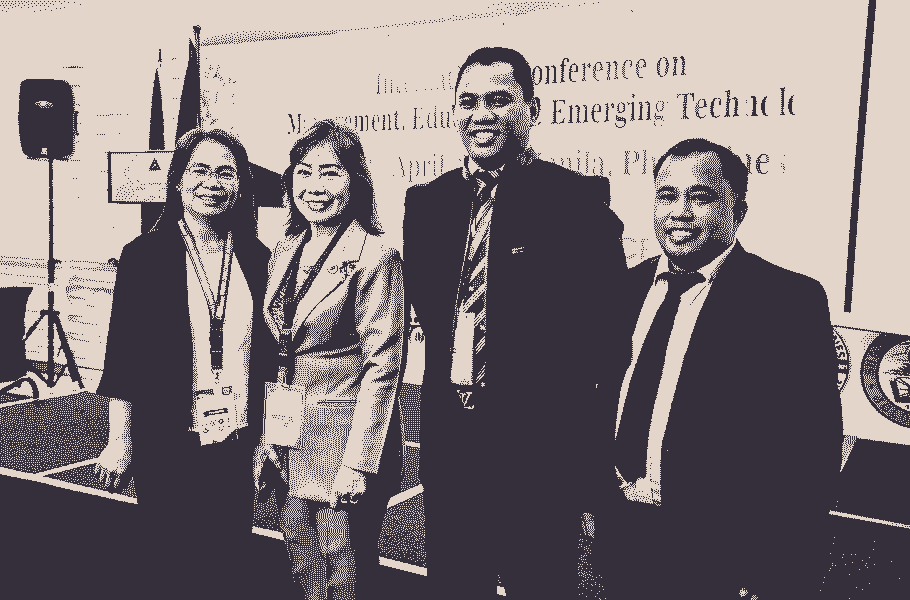education

March 28,2025 • 3 min read
Cybersecurity in the Age of Smart Technologies: Protecting Businesses and Consumers


The rapid advancement of smart technologies Conference Speakers has transformed the way businesses operate and how consumers interact with digital platforms. Artificial Intelligence (AI), the Internet of Things (IoT), blockchain, and cloud computing have created an interconnected ecosystem that enables efficiency, automation, and convenience. However, this digital transformation also introduces significant cybersecurity risks, making businesses and consumers more vulnerable to cyber threats such as data breaches, identity theft, ransomware attacks, and unauthorized access.
As organizations and individuals increasingly rely on smart technologies, cybersecurity has become a critical concern. Ensuring data privacy, securing digital assets, and protecting critical infrastructure are essential for maintaining trust and stability in the digital economy. This paper explores the challenges, solutions, and best practices for cybersecurity in the era of smart technologies, with a focus on protecting businesses and consumers from evolving cyber threats.
The Rise of Smart Technologies and Cybersecurity Challenges
1. Growth of AI, IoT, and Cloud Computing
The widespread adoption of AI, IoT, and cloud computing has revolutionized industries, including healthcare, finance, smart cities, and e-commerce. These technologies enable automation, data-driven decision-making, and enhanced connectivity. However, they also create multiple entry points for cybercriminals.
-
AI & Machine Learning: AI is used to automate business operations, but it can also be exploited by cybercriminals to launch sophisticated phishing attacks and deepfake scams.
-
IoT Devices: Smart devices, from wearable health monitors to connected home appliances, collect vast amounts of data, making them targets for hackers.
-
Cloud Computing: The shift to cloud storage and computing increases the risk of data breaches and unauthorized access if proper security measures are not in place.
2. Emerging Cyber Threats in the Smart Technology Era
The integration of smart technologies has led to new forms of cyber threats that can compromise business operations and consumer privacy. Some of the most significant threats include:
-
Ransomware Attacks: Cybercriminals use ransomware to encrypt an organization’s data, demanding payment for its release. Smart infrastructure, such as hospitals and financial institutions, are prime targets.
-
Phishing & Social Engineering Attacks: AI-generated phishing emails and deepfake videos make it easier to manipulate employees and consumers into revealing sensitive information.
-
IoT Botnets: Hackers can take control of interconnected IoT devices, using them to launch Distributed Denial-of-Service (DDoS) attacks that disrupt online services.
-
Cloud Vulnerabilities: Poorly configured cloud storage systems can expose sensitive customer data, leading to large-scale data breaches.
Conclusion
In the age of smart technologies, cybersecurity is a fundamental necessity for businesses and consumers alike. As AI, IoT, and cloud computing continue to reshape industries, organizations must adopt robust security frameworks to protect sensitive data and digital assets. Similarly, consumers must stay vigilant against cyber threats by implementing safe digital habits.
Icsthm Details
User Profile
- Full name
- Icsthm
- Email address
- icsthm01@gmail.com
- Join Date
- 2025-03-28
- State
- City
- Pincode
- Address
- Follow us on Facebook
- Follow us on Twitter
- Website Name
- Bio